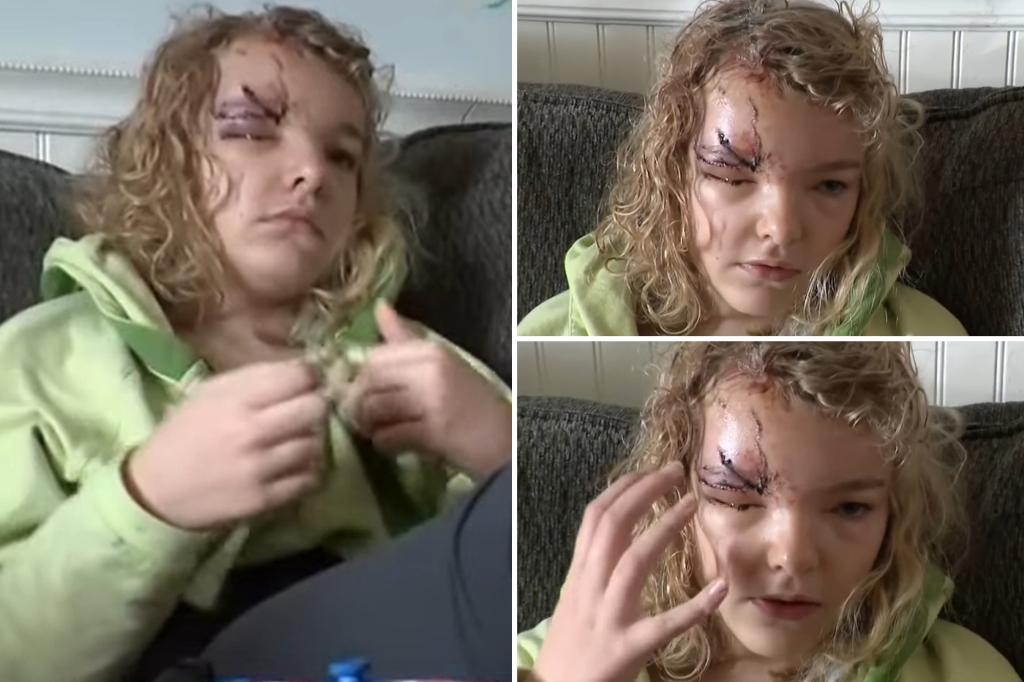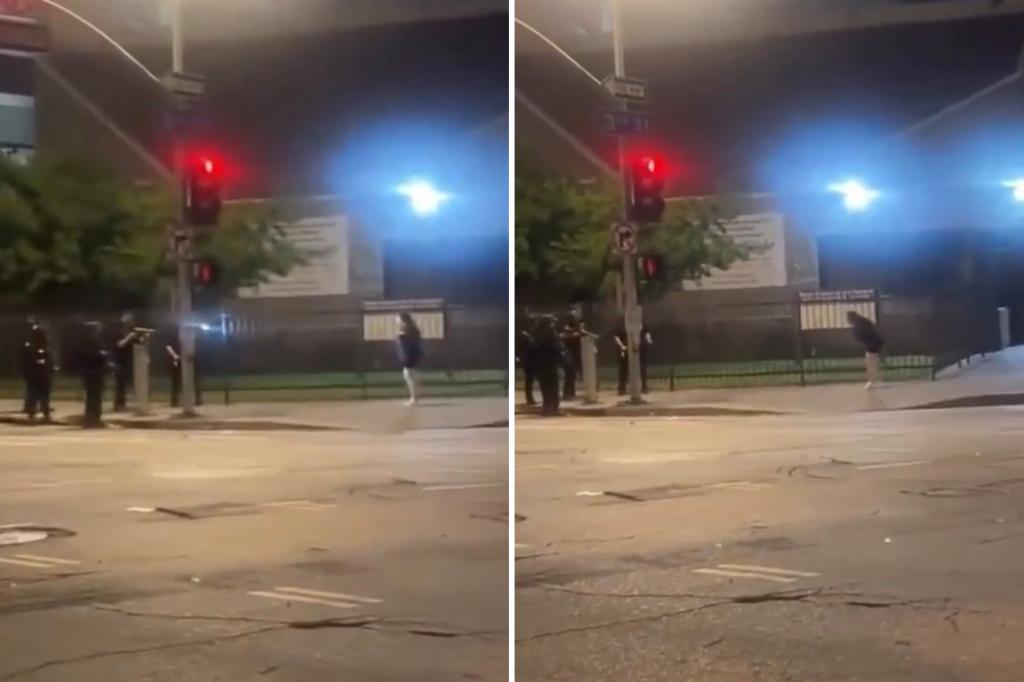A 9-Year-Old’s Harrowing Encounter: The Dangers of Dog Attacks Revealed
In a terrifying incident on Long Island, a nine-year-old girl suffered severe injuries after being mauled by a neighbor’s pitbull. The attack occurred last Tuesday afternoon in a residential neighborhood in Suffolk County, raising urgent concerns about pet ownership accountability and community safety. The child remains hospitalized with multiple lacerations and fractures, while local authorities investigate whether the dog had a history of aggression.
The Incident: A Community Shaken by Violence
Eyewitnesses described a scene of chaos as the unleashed dog charged at the girl while she played in her yard. Neighbors rushed to intervene, using garden tools to pry the animal’s jaws open. “It was like something out of a nightmare,” said Maria Gonzalez, who called 911. “The dog wouldn’t let go—it took three adults to stop the attack.”
Animal control officers later confiscated the pitbull, which had no prior reported incidents. However, records show the owners failed to license the animal as required by county law. The victim underwent emergency surgery for deep tissue damage to her arms and legs, with doctors noting the injuries could require months of rehabilitation.
Dog Attack Statistics: A Growing Public Health Concern
This incident reflects a disturbing national trend:
- 4.5 million dog bites occur annually in the U.S. (CDC)
- Children ages 5-9 face the highest risk of severe injury
- Pitbull-type dogs accounted for 66% of fatal attacks between 2005-2017 (DogsBite.org)
- Medical costs for dog bite hospitalizations average $18,200 per case
Dr. Rebecca Stein, a pediatric trauma specialist, emphasized: “Children’s smaller stature makes them vulnerable to catastrophic injuries. A dog’s bite force can crush bones and sever arteries in seconds—this isn’t just about stitches, it’s about reconstructing lives.”
The Breed Debate: Nature vs. Nurture
While some advocate for breed-specific legislation, animal behavior experts caution against oversimplification. “Any medium-to-large dog can cause serious harm if improperly trained or socialized,” said Dr. Alan Whittaker of the Animal Behavior Institute. “Focusing solely on breed ignores critical factors like owner responsibility, early socialization, and environmental triggers.”
Local residents remain divided. “These dogs are time bombs,” argued community board member James O’Reilly, while pitbull owner Lisa Tran countered: “Our rescue pit has therapy certification. It’s about responsible ownership, not banning breeds.”
Legal Ramifications and Prevention Strategies
The attack has sparked calls for stricter enforcement of existing laws. Suffolk County mandates:
- Leash requirements in public spaces
- Mandatory licensing with proof of vaccination
- Dangerous dog designations for repeat offenders
However, compliance remains spotty. “We’re seeing more unlicensed dogs than ever,” admitted Animal Control Officer David Chen. “Without neighborhood reporting, we can’t identify high-risk situations before tragedy strikes.”
Safety experts recommend these protective measures:
- Never leave children unsupervised with dogs
- Teach kids to avoid startling eating or sleeping animals
- Recognize warning signs like stiff posture or intense staring
Moving Forward: Policy Changes and Healing
The victim’s family has established a GoFundMe for medical expenses while considering legal action. Meanwhile, local legislators propose a new “Dangerous Dog Task Force” to review enforcement protocols. “This isn’t about punishing pets,” said Councilwoman Angela Diaz. “It’s about creating systems that protect both animals and families.”
As the community rallies around the injured child, the incident serves as a sobering reminder that even familiar neighborhood pets can pose unforeseen risks. For those seeking to improve safety, contacting local representatives about leash law enforcement remains the most immediate action.
Readers concerned about dog safety in their communities can find resources through the American Veterinary Medical Association’s dog bite prevention program.
See more CNET 247



